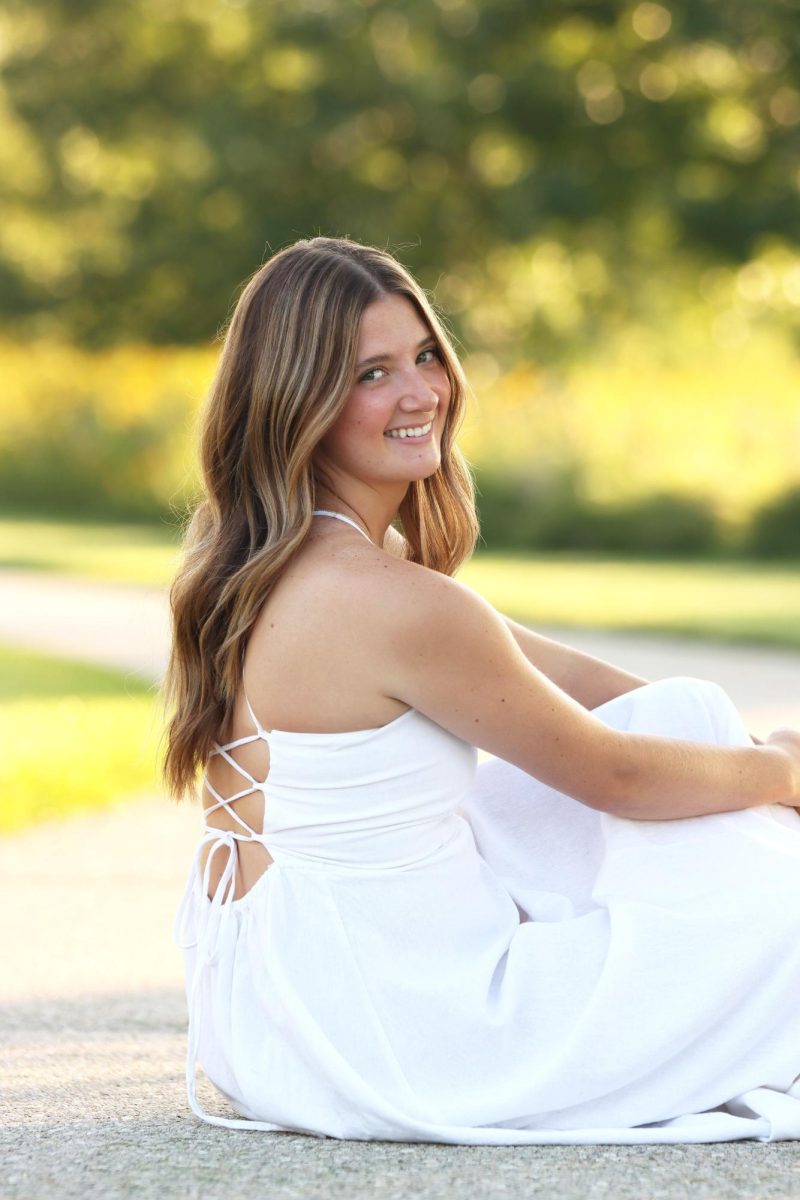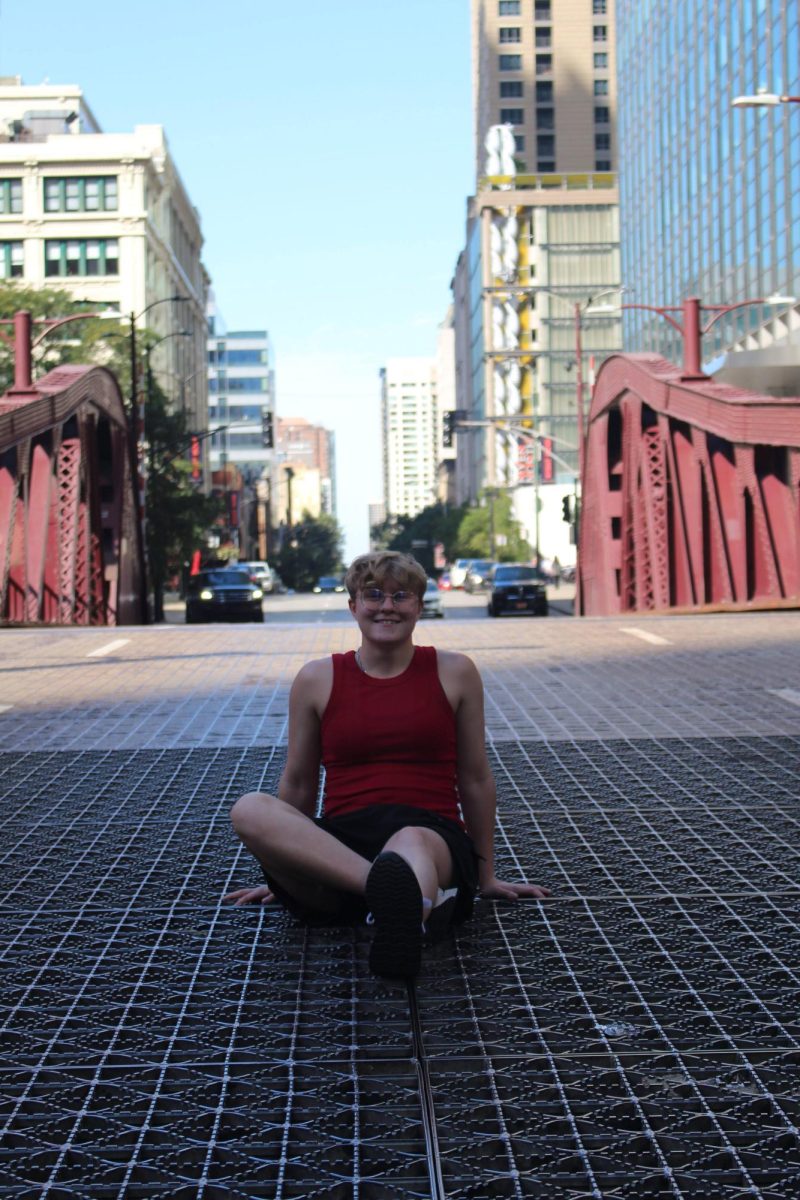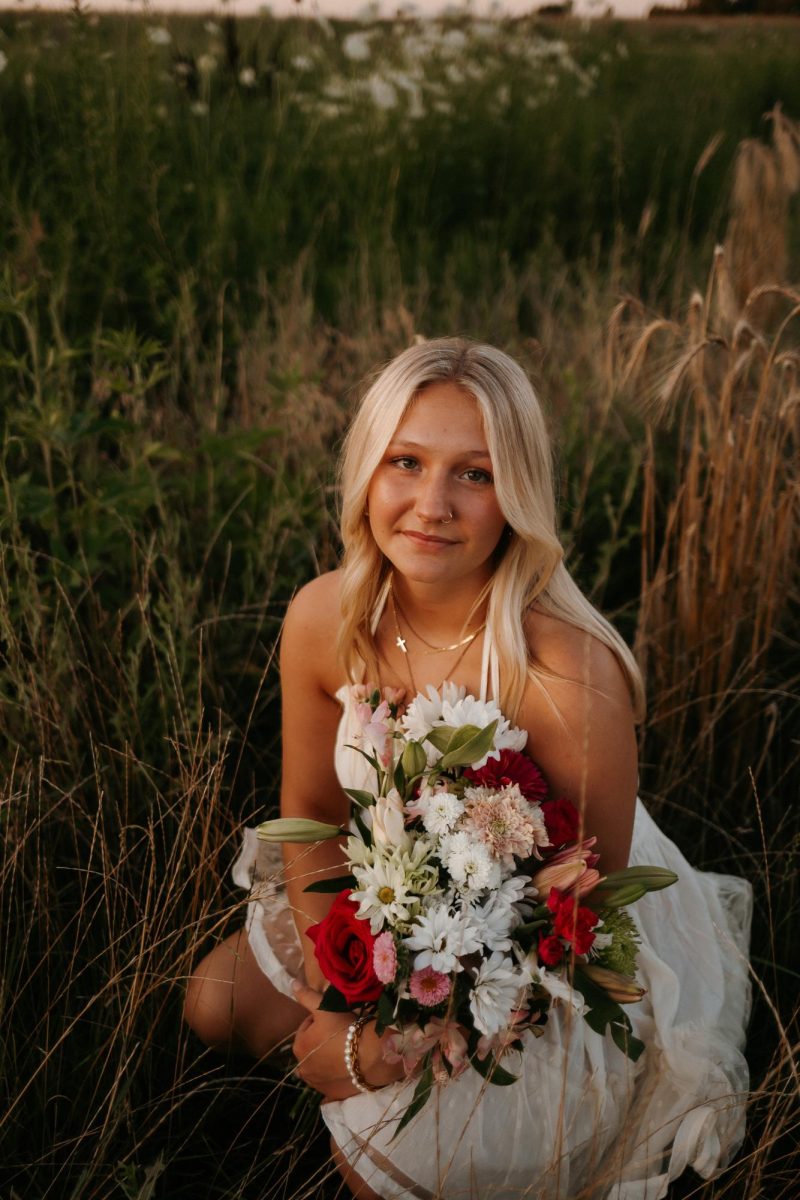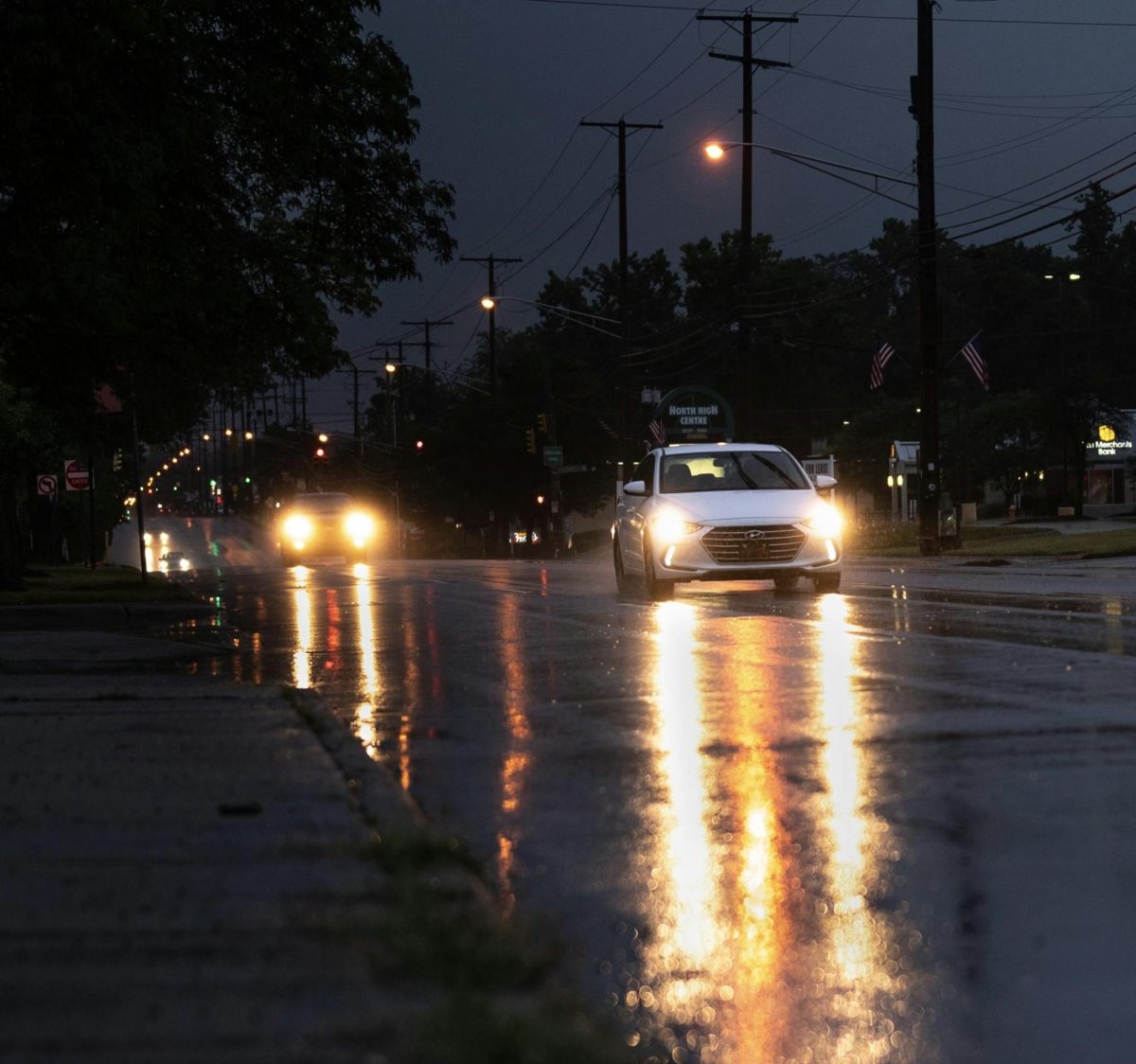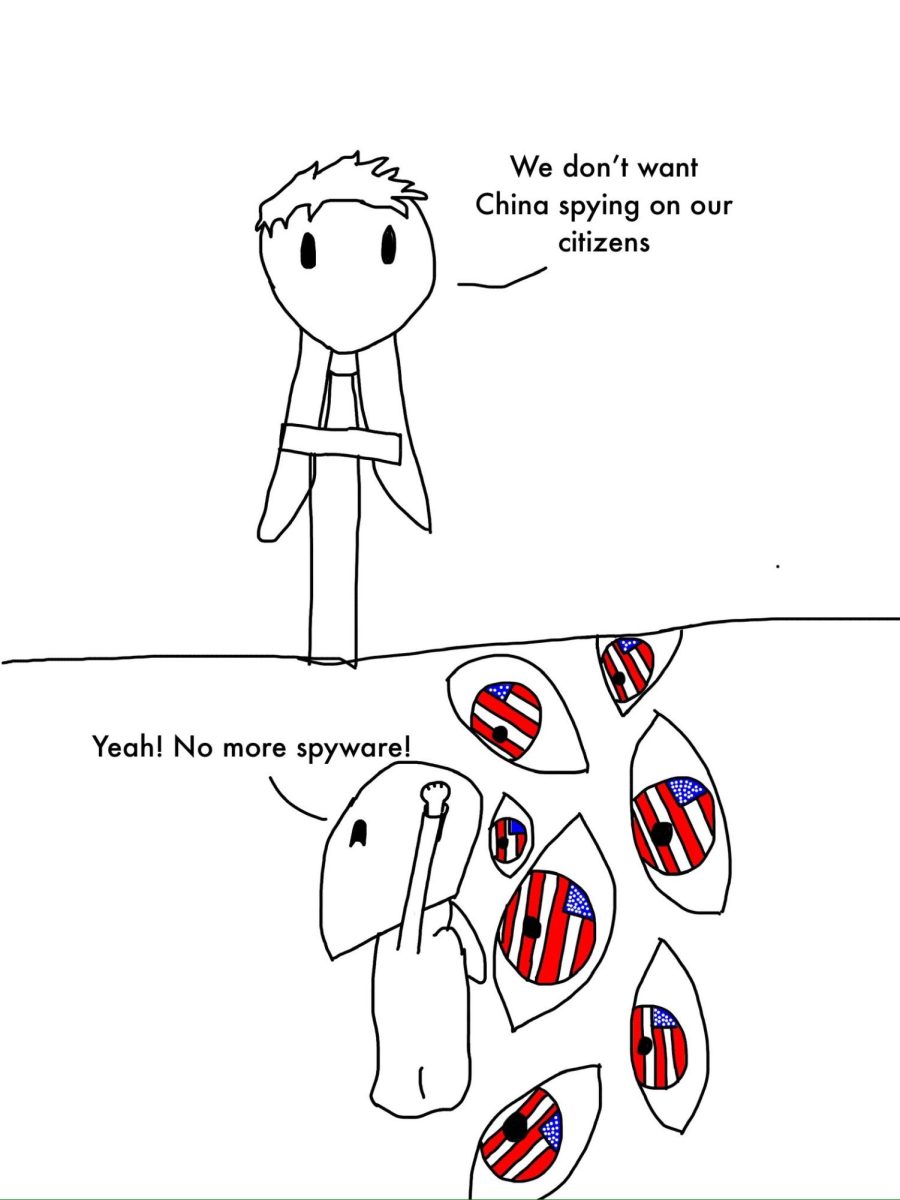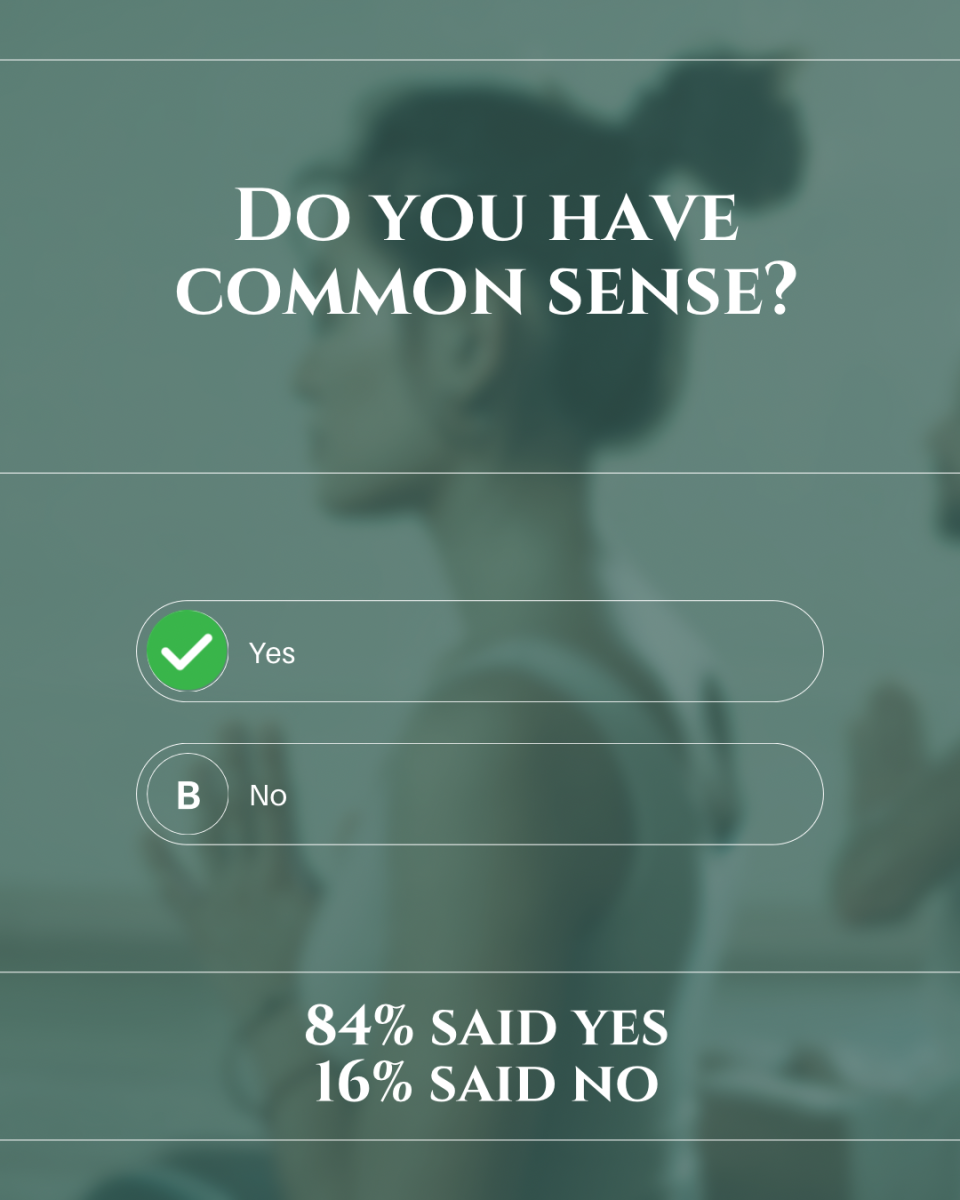The question of whether parents should be allowed to use their children for content has been around for a while. Especially now, with the arrest and imprisonment of family vlogger mom, Ruby Franke, it has become more prevalent that children should be safe and protected from the dangers that growing up on social media can bring. Although Franke is an extreme case of the side effects that arise with family vlogging, it poses a bigger question on how to protect minors when they are put into the spotlight. `
Ruby Franke is not the first family vlogger; YouTube channels, like the ACE Family and the Labrant Fam, have been using their children for views since around 2018. These kinds of videos document and exploit milestones and events that aren’t typically showcased, like when a child is potty training or in the hospital because they’re sick. It even goes as far as to shove a camera in a child’s face when they are crying because they lost their first pet. While this isn’t a threat to kids’ rights, it intrudes on what is a typically normal event in a young person’s life and makes it a spectacle for everyone to watch and comment on. And because channels like these are becoming so popular, it opened a door for anyone with a camera to try and use their kids for a quick buck.
Family vlogging also poses a threat to the safety of minors. As sad as it is, we live in a world where posting one’s children online gives predators easy access like they’ve never had. Before social media, predators had to go through much more trouble, but now it just takes a click on a video to get what fuels them. YouTuber Allison Irons removed all of her content featuring her kids after she discovered that videos featuring her children were embedded in a pedophile playlist. Many of those videos feature her kids wearing “nappies” or in the bath, which she had shared harmlessly at the time. She also stopped allowing her videos to be on third-party sites, which dropped her male viewers from 40 percent to 17, giving her kids a safer future. Putting all of someone’s information onto the internet also makes them more susceptible to harassment and even theft. It may seem crazy, but even a simple birthday photo can give away a person’s name, age, date of birth, and where they live, which could give another person a line of access to commit theft against one’s child. So, thinking twice before posting what may be a harmless photo could save a young person from so much trouble.
But it would be unrealistic to expect every parent to stop posting their kids instantly, so instead, here are ways to share content responsibly. The first thing is to simply avoid posting any personal information to help prevent any crime against oneself. Next is to not share anything suggestive, even if the child is partially unclothed, it could still fall into the hands of someone wanting to do something malicious. There are also privacy settings that a parent could set up to limit who can see the post. And lastly, don’t publish anything to reveal locations or daily activities. Even small things like a day-in-the-life can reveal where a child goes to school, what time they get out, and more that could result in something tragic. These tips are not concrete, but they will surely add an additional layer of safety between a stranger and content creators.
Ultimately, parents seeking attention and praise should not be allowed to film or post their children on social media because they cannot consent to the dangers that come with it. Rather than exploiting one’s kid, one should prioritize their safety and future by thinking twice before posting because once it leaves one’s phone, one truly has no control over where that photo goes.



